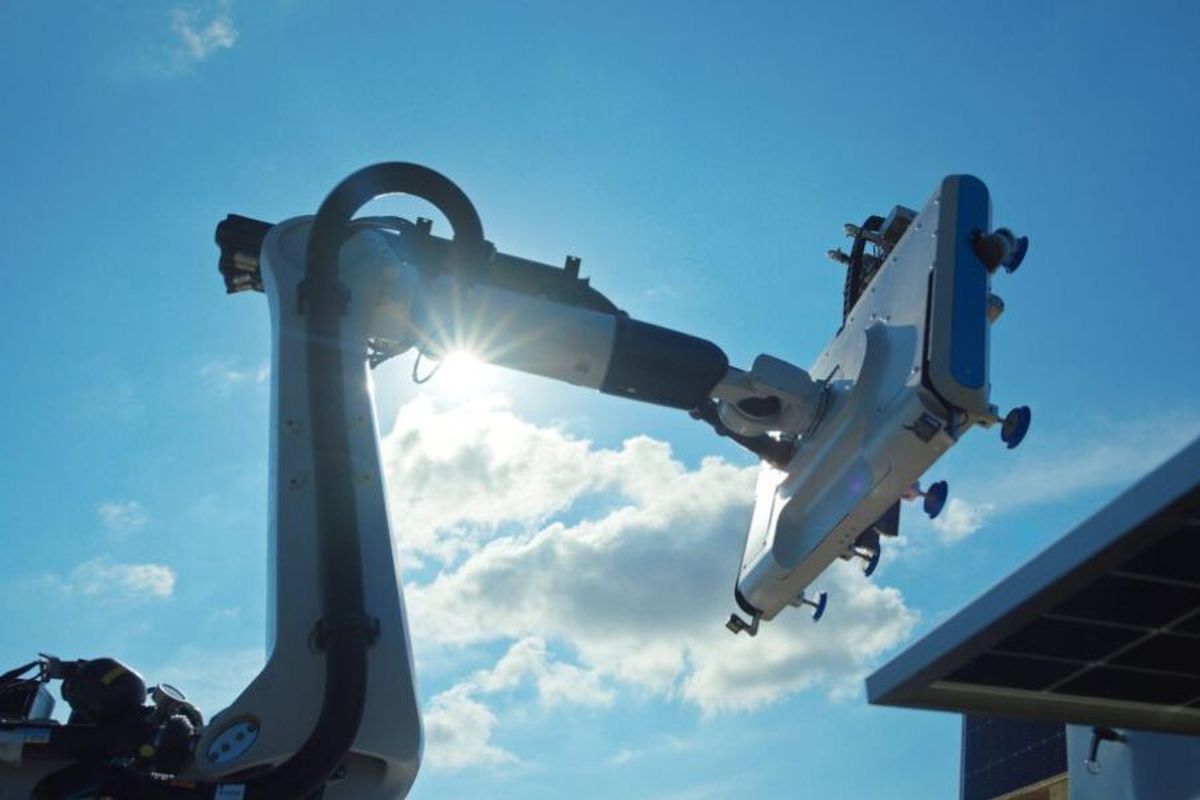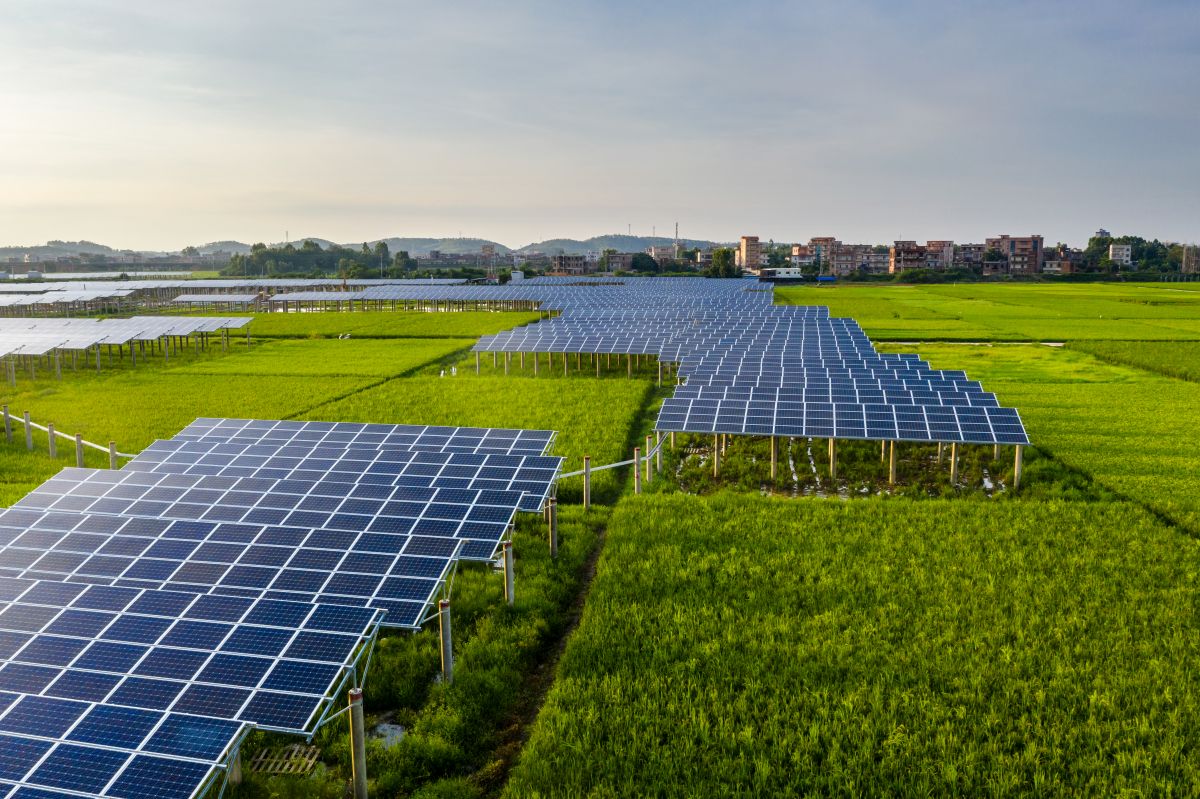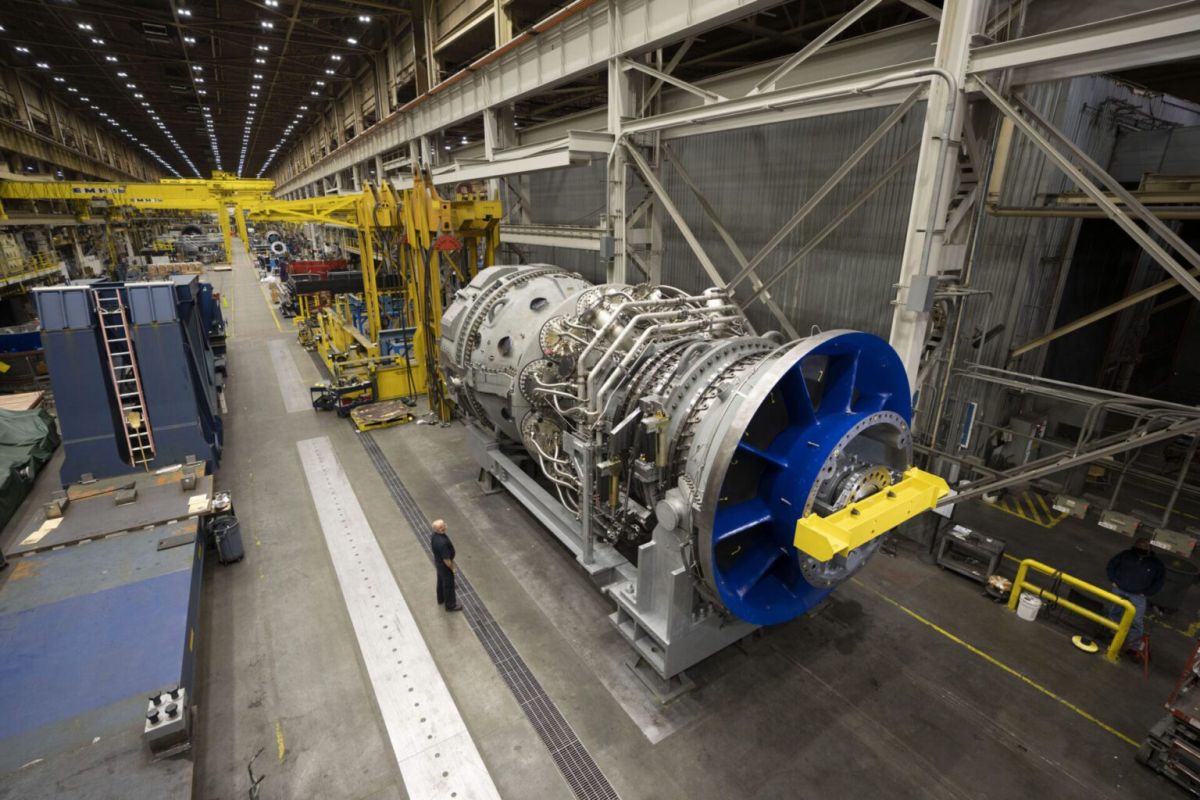DAILYENERGYINSIDER.COM
Some natural gas plant operators are taking steps to integrate hydrogen – which alone does not create CO2 emissions when combusted – into their fuel streams as a way to reduce greenhouse gas emissions, according to the Energy Information Administration (EIA).
Natural gas is the single-largest source of energy used to generate electricity in the United States, making up about 43 percent of electricity generation. However, hydrogen use is not currently widespread or used regularly in the plants where it has been tested.
The process of burning a blend of hydrogen with natural gas for electricity generation is known as cofiring. As the percentage of hydrogen by volume in the blend increases, the carbon dioxide emissions decrease.
Several state and federal policies aimed at reducing greenhouse gas emissions have bolstered interest in hydrogen. At the federal level, the U.S. Environmental Protection Agency’s recently updated power plant rule, the U.S. Department of Energy’s Hydrogen Hubs program, and production tax credits contained in the Inflation Reduction Act have spared interest in the hydrogen sector.
As a result, upgrades at some existing power plants are in the works. The operators of two existing natural gas-fired power plants have announced plans to add the capability to cofire hydrogen and natural gas by upgrading existing turbines.
Duke Energy plans to upgrade the 74-megawatt (MW) DeBary simple-cycle peaking power plant in Florida to generate electricity solely from hydrogen. Also, the Los Angeles Department of Water and Power (LADWP) is considering upgrading Units 1 and 2 of its Scattergood Generation Station to give it the capability to cofire 30 percent hydrogen by December 2029.
Additionally, three combined cycle generating plants currently under construction announced they expect to have the capability to cofire hydrogen.
One is the municipal-owned Intermountain Power Agency is building a new 840-MW combined-cycle natural gas turbine plant at its facility in Utah to replace an existing 1,800-MW coal-fired plant. This plant will be able to combust a mixture of 30 percent hydrogen and 70 percent natural gas
In Louisiana, Kindle Energy is building the 678-MW Magnolia Power Plant, which it expects to enter service sometime in 2025. Kindle Energy says the plant could cofire up to 50 percent hydrogen.
In Texas, Entergy is building the 1,158-MW Orange County Advance Power Station, which it expects to begin operating by midyear 2026. This plant could cofire up to 30 percent hydrogen.
Further, some operators of natural gas turbine plants have successfully tested using fuel blends made up of as little as 5 percent to as much as 44 percent hydrogen. They include the Long Ridge Energy Generation Project in Ohio, a 485-MW combined cycle power plant that burned a blend that included 5 percent hydrogen by volume in March 2022.
In September 2022, the New York Power Authority’s Brentwood power plant cofired a blend of natural gas starting at 5 percent and reaching 44 percent hydrogen by volume in its 47-MW peaking unit.













